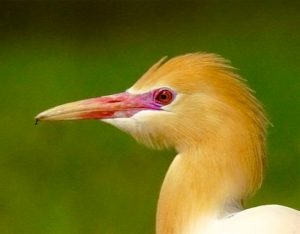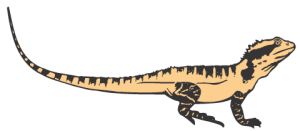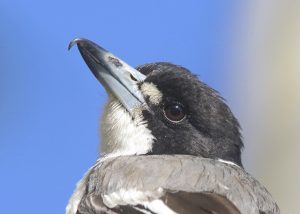Looking for something to fill in time while you’re indoors?
Head to the Brisbane City Council website and put your local knowledge to the test by doing a quick quiz!
And while you’re there, browse their website for have other boredom-buster ideas.
Check the library catelogue of audio books and e-books or be inspired by the Clean and Green blog.
You can also bring yourself up-to-date with Council’s Creek Catchments program, browse documents about Brisbane’s creeks and catchments or plan a visit to our many bushland reserves.
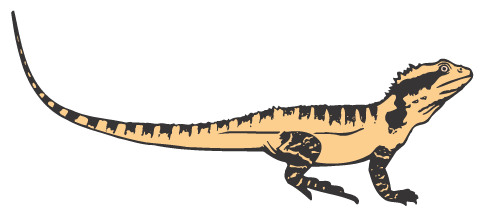
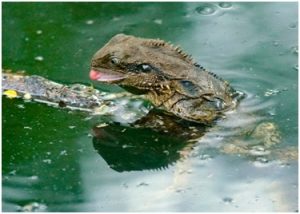 Water dragon in Gold Creek – © Ed Frazer
Water dragon in Gold Creek – © Ed Frazer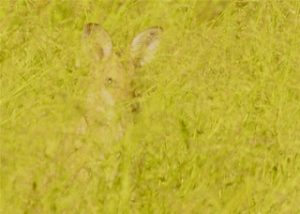 © Ed Frazer
© Ed Frazer 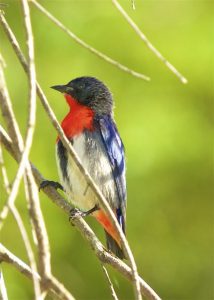 © Ed Frazer
© Ed Frazer 